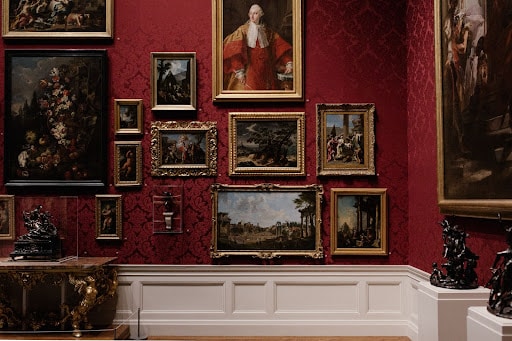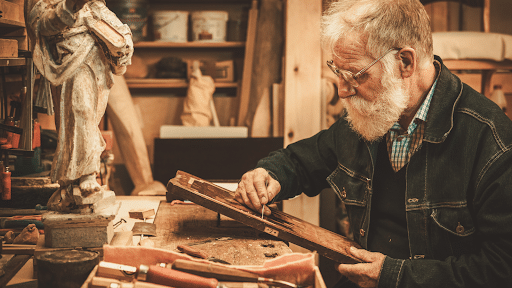
How to Value your Art Collection
POSTED ON February 27, 2023 BY Logistics SpecialistHow to Value your Art Collection
Collecting art can be an addictive hobby fuelled by the desire to own unusual, beautiful pieces that often hold sentimental value or tell a story from the past. As your collection grows, you may be keen to find out exactly what it’s worth. This could simply be due to general curiosity or for a more specific purpose, such as insurance or an interest in selling.
How to Value Art
Provided you know the name of the artists that created the pieces in your collection, you may be able to begin the research for your valuation online. You could begin by looking at how many pieces those artists have created, whether there are duplicates of the art you own, and how representative of the artist’s style your pieces are. All of these factors will help to guide you to understand whether your collection holds substantial monetary value.
The value of art is determined by several factors, most of which influence demand.
Artist
An in-demand artist whose work has a greater sales history will typically fetch higher prices than an unknown artist who has limited interest in their pieces. Artwork produced before an artist advanced their career level can often be more valuable in later years.
Subject
The value of fine art is influenced by its desirability, which means that if the subject of the artwork is appealing or rare, it is going to hold greater value. Sought-after subjects include animals, famous people, rare sports and historic events of interest.
Provenance
The history of ownership is crucial to being able to value a piece. Not only does it verify authenticity but it can also tell stories of famous owners and whether the work has gained value over time.
Rarity
When combined with information about the artist and subject, the rarity of a piece can cause its value to be higher. A one-of-a-kind painting by a famous artist is naturally going to be worth more than something created by an unknown emerging artist because the demand is much greater.
Age
Often, the old age of a piece of art can mean it is worth more, however, this is not always the case. Again, this factor would need to be combined with other influencing factors such as rarity, subject and artist.
Condition
Depending on the artwork itself, a poor condition can mean the value is lower. This is particularly the case for any of the art in your collection that requires restoration. If it is likely that any of the pieces will have to be sent to a specialist, you should expect the cost of this to be deducted from your valuation. In order to preserve the condition of your collection, art logistics should always be considered when storing or moving your pieces.
In some cases, the poor condition can mean the value is higher, this is because it may be connected to the history or ownership of the work.
The Current Market
As with most valuations, the value of art fluctuates with the economy and demand, as well as notary dates such as the artists’ passing or historical anniversaries. This is one of the most difficult influencing factors in knowing how to value art.
Whilst it may be possible to work out a rough estimation of value based on the above, it is typically recommended to seek a professional art appraisal. Galleries and auction houses have access to art market data and systems, as well as expertise in selling fine art which is likely to mean they can provide a precise valuation.
If you’re a keen art collector and want to explore the sector this year, why not take a look at the best upcoming art events for 2023?



